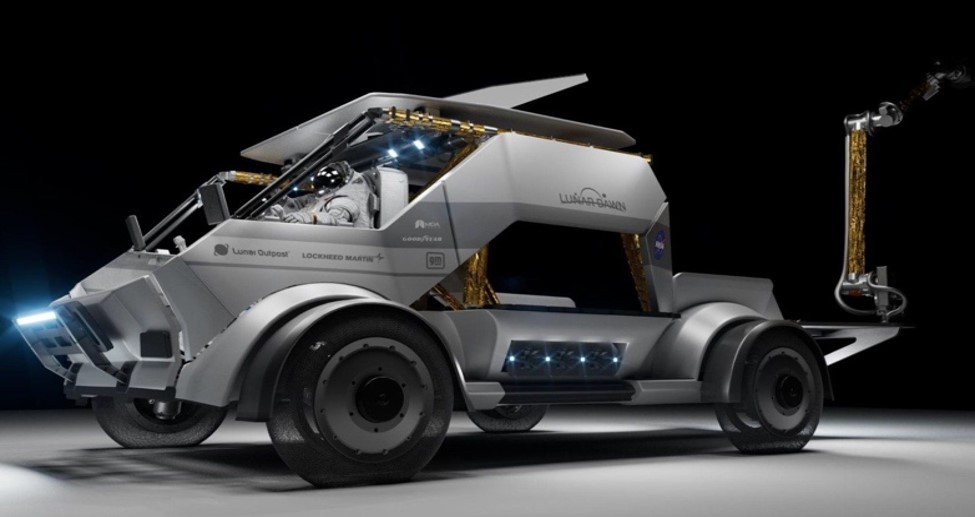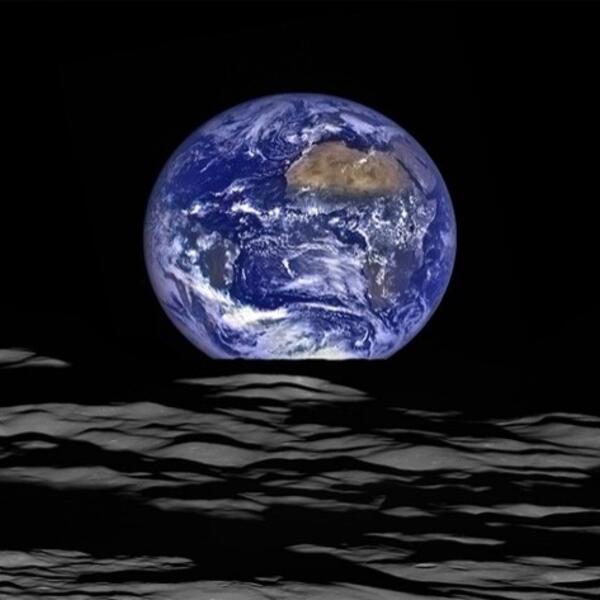Luna Ride
The Milo Space Science Institute at ASU is seeking collaborations with international partners based on their unique capabilities and mutual scientific goals to participate in a Lunar science rideshare mission, Luna Ride. Milowill work with respondents who are interested in deploying payloads to the surface of the Moon. Luna Ride services include transportation, communication, support for survivability, and deployment of payloads onto the lunar surface, allowing you to focus on development of new scientific instrumentation. We seek indications of interest from nations or organizations with mature space flight heritage as well as from those with relatively new, and perhaps growing, space agencies and/or ecosystems.
The contemporary approach to space offers access to unparalleled Lunar Terrain Vehicle capabilities, and preeminent faculty and instrumentation facilities at ASU. Unprecedented cost savings are realized from mission infrastructure bundled as a service, and economies of scale through the ride sharing model.


